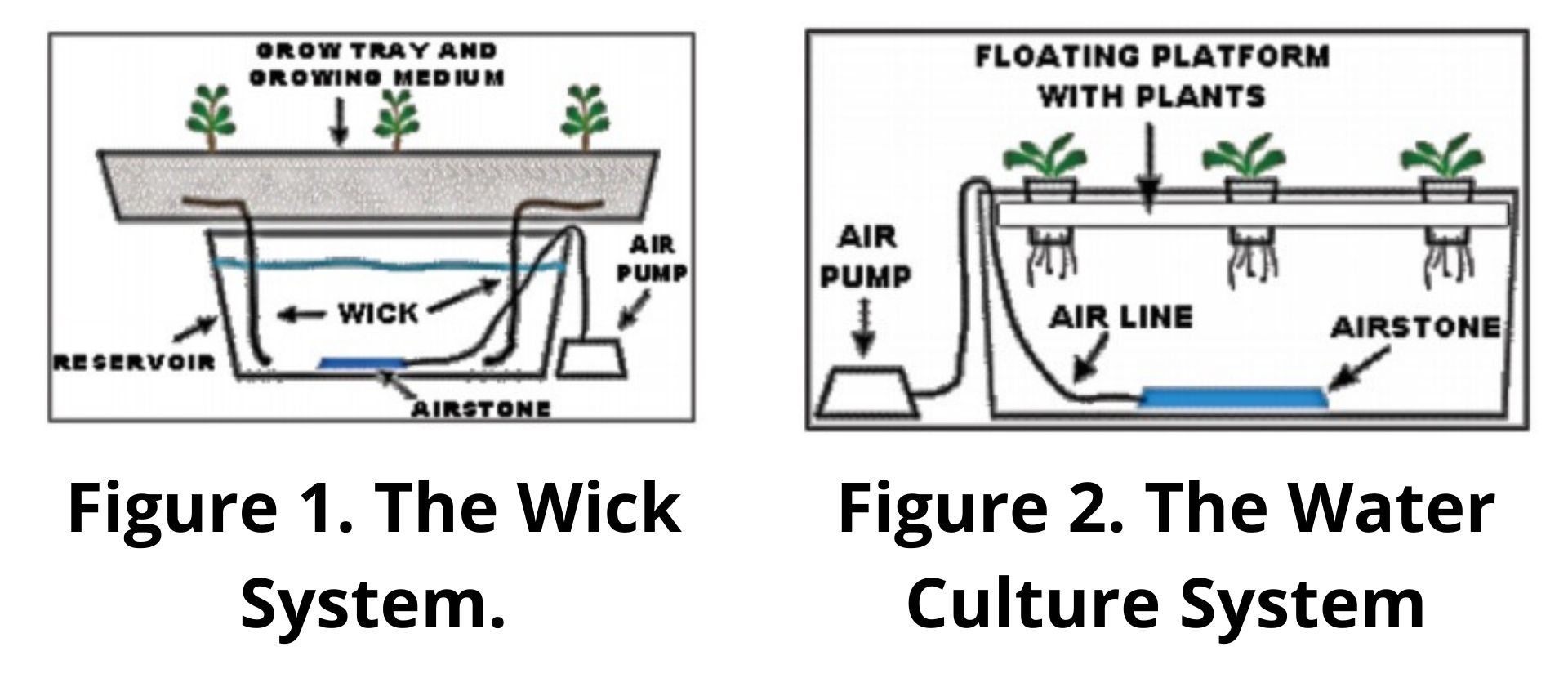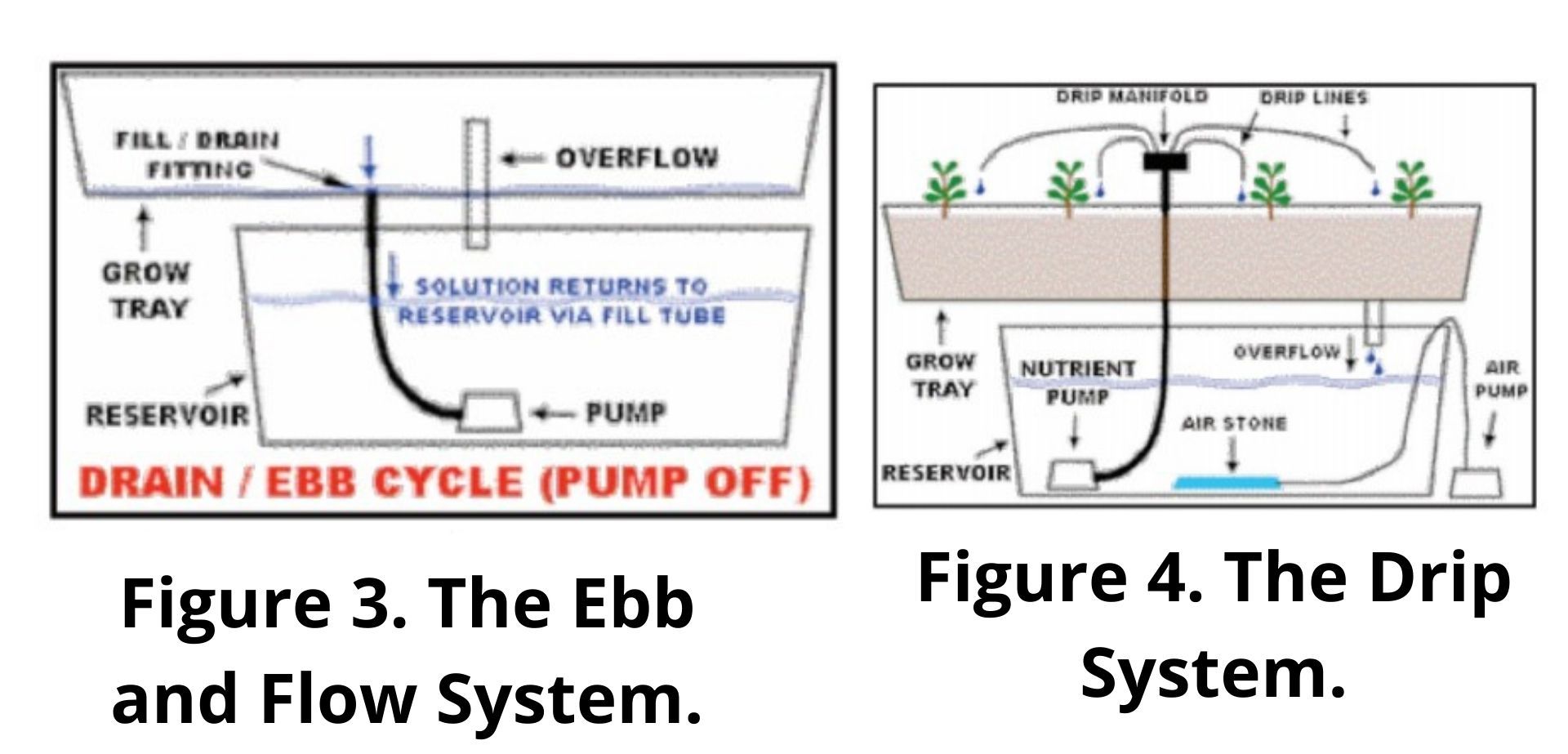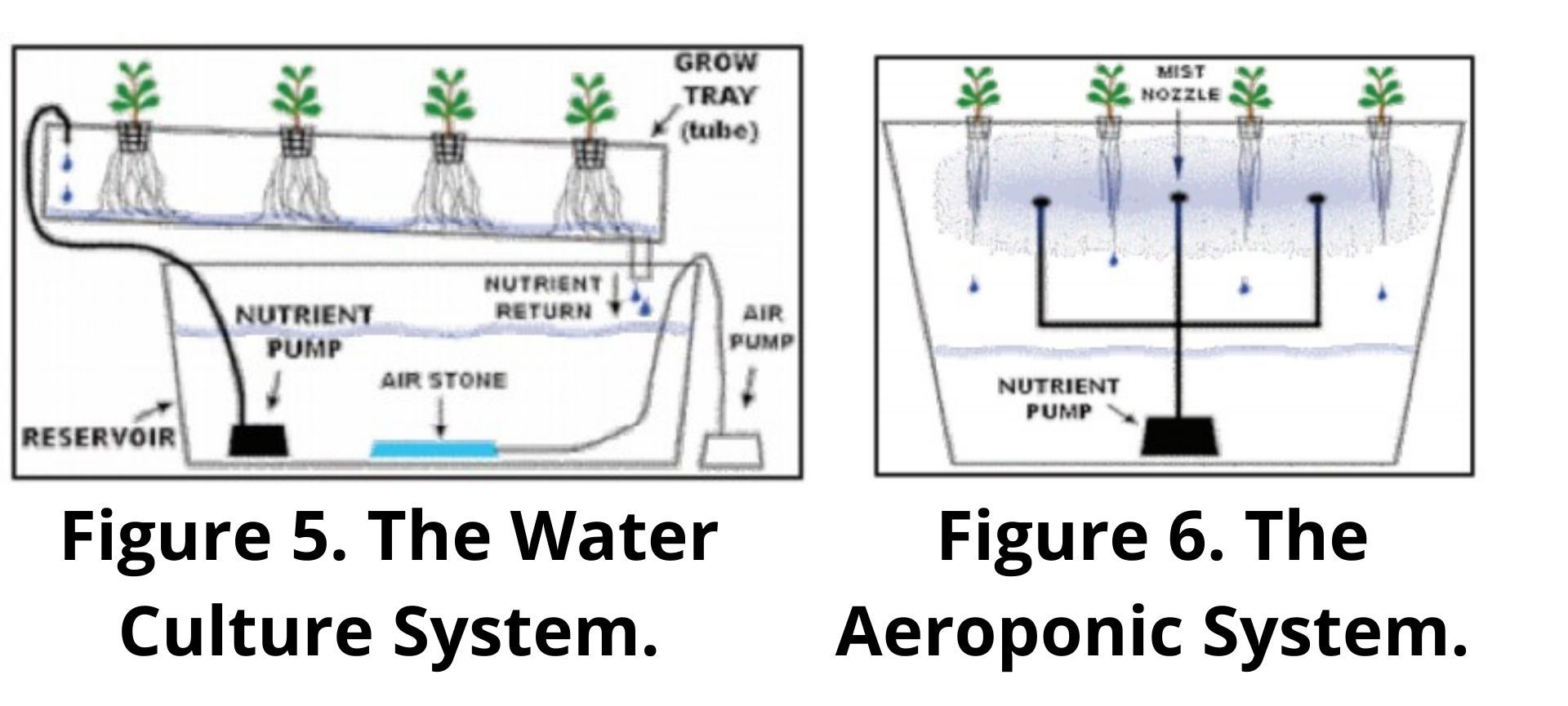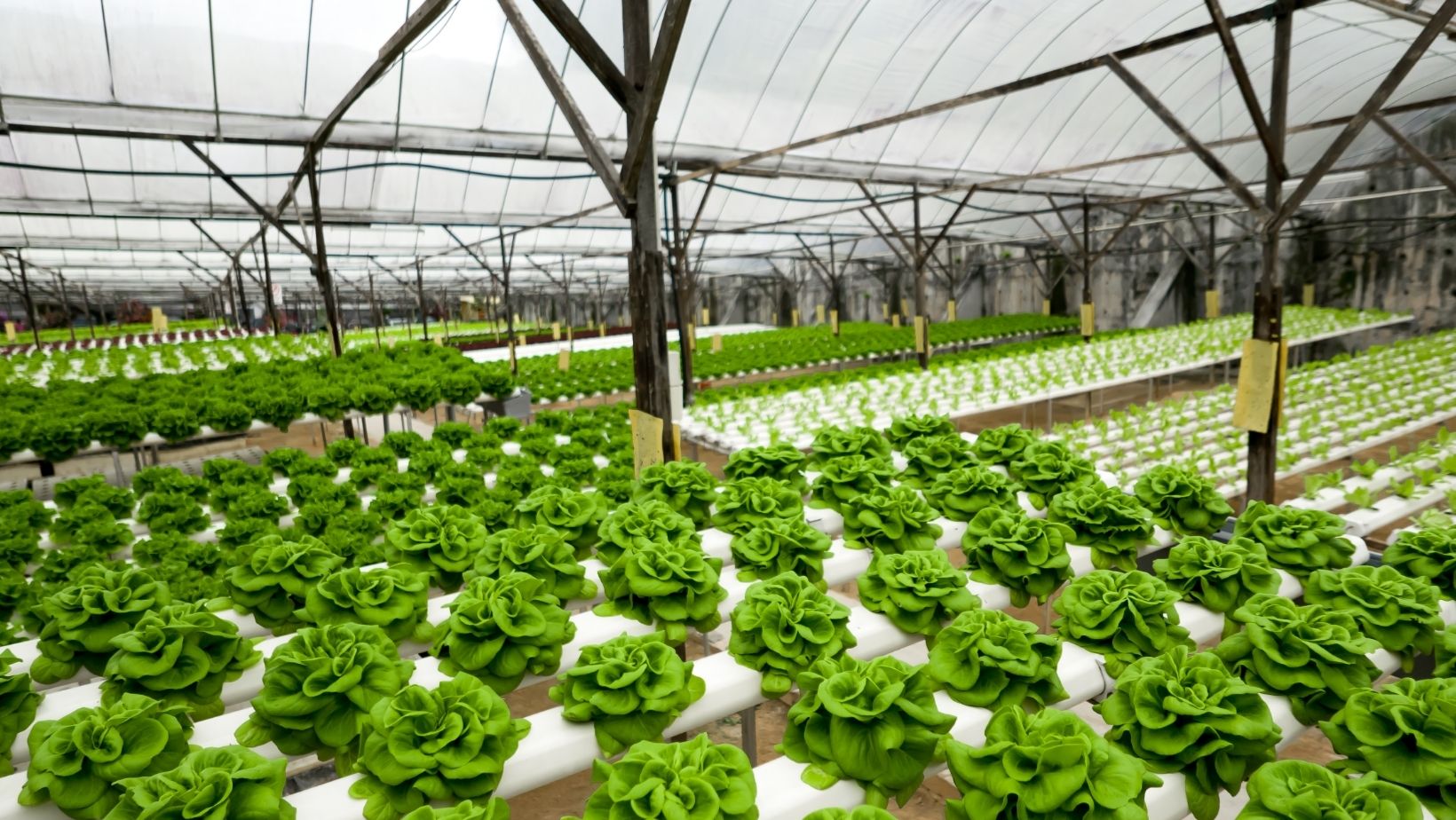A brief introduction to Hydroponics
Hydroponics is a method of growing plants in nutrient solutions with or without the use of an inert medium to provide mechanical support, such as dirt, vermiculite, Rockwool, peat moss, sawdust, coir dust, coconut fiber/Wood fiber, and other similar materials. The term Hydroponics comes from the Greek terms hydros, which means water, and ponos, which means labor, and literally translates to “water job.” Professor William Gericke invented the term hydroponics in the early 1930s to describe the growing of plants without their roots. A brief introduction to Hydroponics is helpful for the beginner.
Hydroponics has been shown to be a viable method of growing vegetables (tomatoes, cabbage, cucumbers, and peppers) as well as ornamental plants like herbs, roses, freesia, and foliage plants. The market for hydroponically grown produce has exploded in recent years as a result of the methyl bromide ban in soil culture. Agribusiness Education and Research International also provide necessary information regarding Hydroponics.
The Benefits
- It can be used in areas where in-ground agriculture or gardening isn’t practical (such as dry deserts or cold climates).
- Greater control over nutrient content, pH, and growing conditions.
- Water and nutrient recycling reduces the expense of water and nutrients.
- Faster growth due to increased oxygen availability in the root zone.
- Insects, fungi, and bacteria found in soil are eliminated or reduced.
- Crop yields are much higher.
- There’s no need to weed or cultivate.
For planting, cultivation, and harvesting, some crops, such as lettuce and strawberries, can be raised from the field to a much higher level. This results in much healthier working conditions and, as a result, lower labor costs.
- Crop rotation and/or fallowing are not needed.
- There is less transplant shock.
Consequences
Some crops, such as lettuce and strawberries, can be raised from the field to a much higher level for planting, cultivation, and harvesting. As a result, much healthier working conditions and lower labor costs are achieved.
- There is no need for crop rotation or fallowing, and there is less transplant shock.
Growing Techniques
Liquid or aggregate hydroponic systems are available. Plant roots in liquid systems are supported by none, while plant roots in aggregate systems are supported by a solid medium. Open hydroponic systems (in which the nutrient solution is not reused until applied to the plant roots) and closed hydroponic systems (in which surplus solution is recovered, replenished, and recycled) are the two types of hydroponic systems.
Liquid Hydroponic System:
They are closed systems. Plants are mounted in a polyethylene tube with slits cut in the plastic for the roots to be inserted in the Nutrient Film Technique (NFT). This tube is used to pump nutrient solution.
- Floating Hydroponics: Plants are grown on a raft of expanded plastic that floats in the water.
- Aeroponics: Plant roots are held suspended in an enclosed growing chamber and sprayed with nutrient solution at regular intervals, typically every few minutes.
Aggregate Hydroponic System
Open system:
- Rockwool Culture: In hydroponics, it is the most commonly used medium. Rockwool is made from ground basalt rock that has been heated and spun into threads to create wool. It’s extremely light, and it’s frequently packaged in cubes. Rockwool can hold water while retaining enough air space (at least 18%) to allow for optimal root growth.
- Culture of Sand
Closed System:
- Gravel
- NFT and Rockwool: Plants are recognized on small Rockwool slabs to be found in channels containing recycled nutrient solution.
These systems are further divided into the following categories:
- Passive systems
- Active systems
- A wick and growing media with a high capillary action are used in passive systems. Water can now be attracted to the plant roots. By far the most basic form of hydroponic system is the Wick System (Figure 1).
- Active systems function by passing a nutrient solution over the roots of your plants. Such examples are:
Water Culture System
The most basic active hydroponic system is the Water Culture System. The plant platform is typically made of Styrofoam and floats openly on the nutrient solution. Air is supplied by an air pump to the air stone, which bubbles the nutrient solution and provides oxygen to the plants’ roots (Figure 2).

The Ebb and Flow System
The Ebb and Flow System functions by briefly flooding the grow tray with the nutrient solution before draining it back into the reservoir. A submerged pump connected to a timer is usually used for this task. Depending on the size and type of plants, temperature, humidity, and the type of growing medium used, the timer is programmed to come on multiple times a day (Figure 3).
Drip systems
Drip systems are the most common form of hydroponic systems in use around the world. A submerged pump is commanded through a timer. The timer activates the pump, which drips nutrient solution onto the roots of each plant through a short drip line (Figure 4).

NFT Systems
Since the nutrient solution in NFT Systems is still flowing, the submersible pump does not need a timer (Figure 5).
The Aeroponic System
The Aeroponic System is the most technologically advanced method of hydroponic gardening. The nutrient pump, like other types of hydroponic systems, is regulated by a timer, with the exception that an aeroponic system needs a short cycle timer that extends the pump for hardly any seconds every couple of minutes. (Figure 6).

This is all about A brief introduction to Hydroponics.
Please read:
What is Agribusiness? – Agribusiness Education and Research International
Hydroponic Farming, Training and Research – Agribusiness Education and Research International
Join our LinkedIn group
https://www.linkedin.com/groups/13943442/
Join our Facebook group
https://www.facebook.com/groups/agribusinesseducationandresearchinternational
Reference: Oklahoma Cooperative Extension Service






Leave a Reply